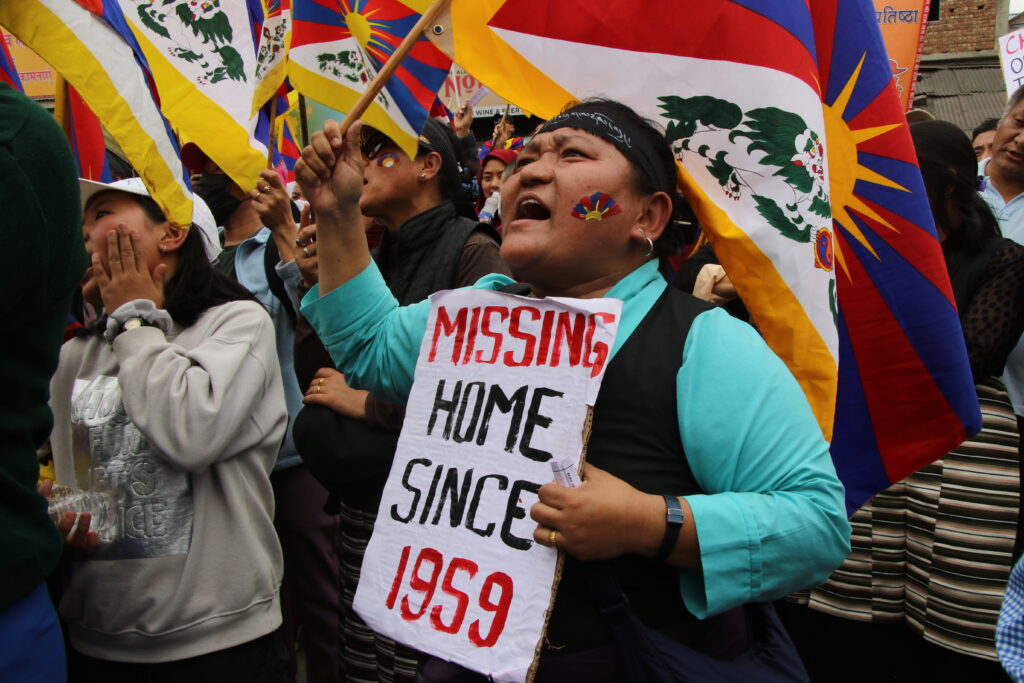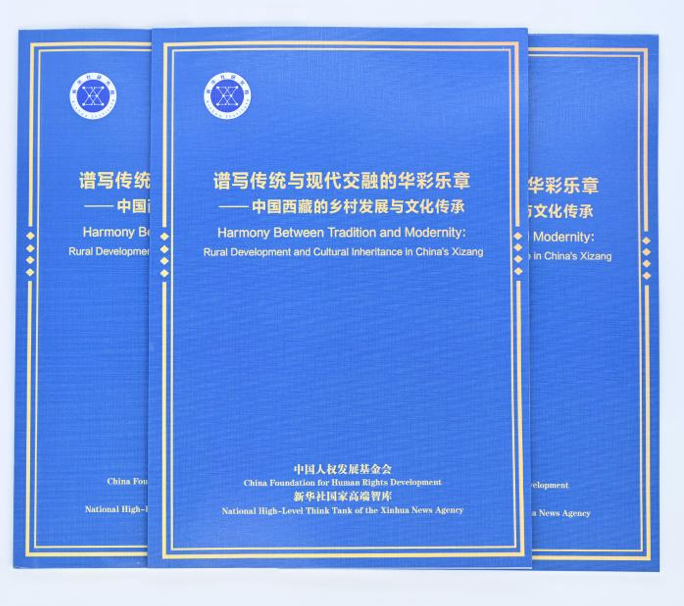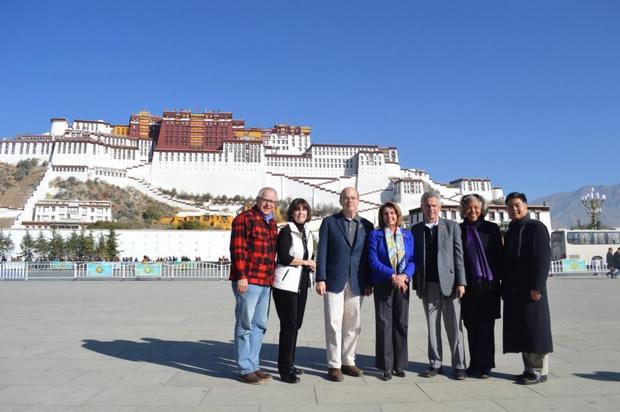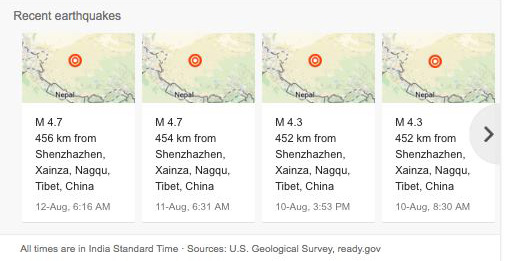China’s New Tibet Report Masks Forced Relocations of 93,000 Rural Tibetans
By Tenzin Chokyi


DHARAMSALA 16 Oct: China has released a new think tank report portraying its rural development policies in occupied Tibet as “a harmonious blend of tradition and modernity,” a model it contrasts with Western modernisation, which it claims erodes culture and heritage at the expense of development. But for Tibetans, beneath this new packaging lies the old mechanism of assimilation, control, and the systematic remaking of a civilisation and its culture under the twin project of modernity and colonialism.
According to Chinese state media Xinhua News Agency, a report titled “Harmony Between Tradition and Modernity: Rural Development and Cultural Inheritance in China’s Xizang” was jointly published today by the China Foundation for Human Rights Development and the National High-level Think Tank of Xinhua News Agency, in both Chinese and English.
Tibet, referred to by the colonial term “Xizang” in the report, pertains only to the so-called Tibet Autonomous Region (TAR, established in 1965), which mainly covers the traditional Tibetan province of U-Tsang. This effectively excludes the traditional Tibetan provinces of Kham and Amdo, which, together with U-Tsang, comprised the historically independent Tibet prior to China’s full colonial occupation in 1959.
The report summarises rural development in the region since its founding as a process that has brought rapid economic growth alongside robust cultural and ecological preservation. It further claims that these policies have safeguarded the livelihoods of Tibetan people and promoted “ethnic unity.” However, this emphasis on unity also implies a deeper process of assimilation for the Tibetan population.
These achievements are attributed to “the vivid grassroots implementation of governance strategy for Xizang in the new era.”
“It sends a clear message to the world: modernisation is not synonymous with Westernisation. Rather, it is the creative transformation and innovative development of traditional culture rooted in local soil and oriented toward the future,” stated the report.
The report cited increased financial investment in Tibetan villages, such as infrastructure upgrades, cultural heritage projects, and the cultivation of so-called “culturally distinctive” local brands, as evidence of development. Ironically, this so-called “development” reflects the commercialisation of Tibetan identity, while ignoring the deeper issues of displacement, marginalisation, and cultural erosion.
More than 93,000 Tibetans in rural areas have been relocated since 2000, with approximately 76% of these relocations occurring since 2016 through large-scale forced relocations from their ancestral lands into urban-style settlements under China’s “Poverty Alleviation Program” and “environmental protection.” This was reported by Human Rights Watch in its 2024 report titled “Educate the Masses to Change Their Minds: China’s Forced Relocation of Rural Tibetans.”
The relocation includes both “whole-village relocation” and “individual household relocation.” Although Chinese authorities describe these programs as voluntary, the report — citing over 1,000 Chinese state media articles and government publications — states that participation in the whole-village relocation program in Tibet is, in effect, compulsory.
Individual relocations typically involve selecting poorer households for relocation to sites deemed more suitable for income generation. Surveys conducted by officials and scholars at relocation sites in Tibet are cited as concluding that many of these relocated individuals “cannot find suitable jobs to support their families.”
While China presents its colonial boarding school system as a voluntary and equitable educational initiative aimed at narrowing the education quality gap between rural areas and urban centres, independent reports suggest that over one million Tibetan children are forcibly sent to state-run boarding schools far from their homes, sometimes as young as four years old.
These institutions often use Mandarin as the primary language of instruction, with the aim of marginalising and eventually eradicating Tibetan language and culture. The curriculum frequently places heavy emphasis on Chinese nationalism and Communist Party ideology, while providing limited or no instruction in Tibetan history, religion, or language.
Additionally, 3.36 million rural Tibetans have been affected by other government programs that require them to rebuild their homes and adopt a sedentary lifestyle, especially if they are nomadic, without necessarily being relocated.






